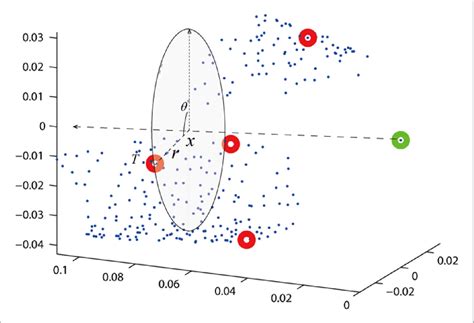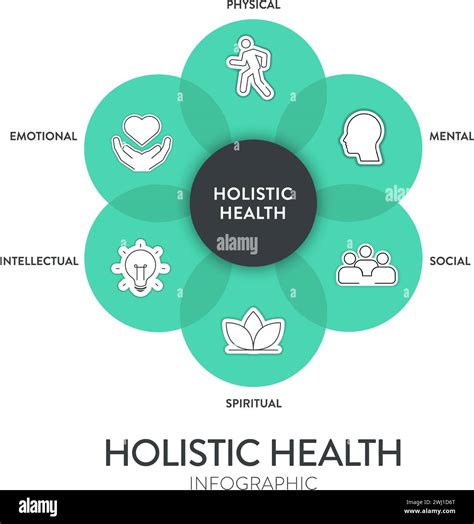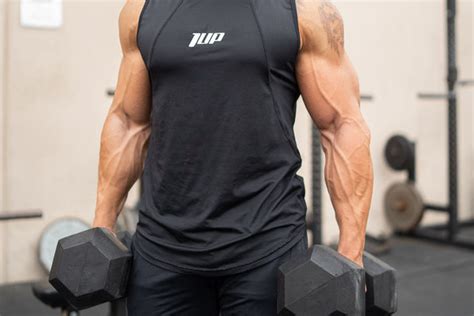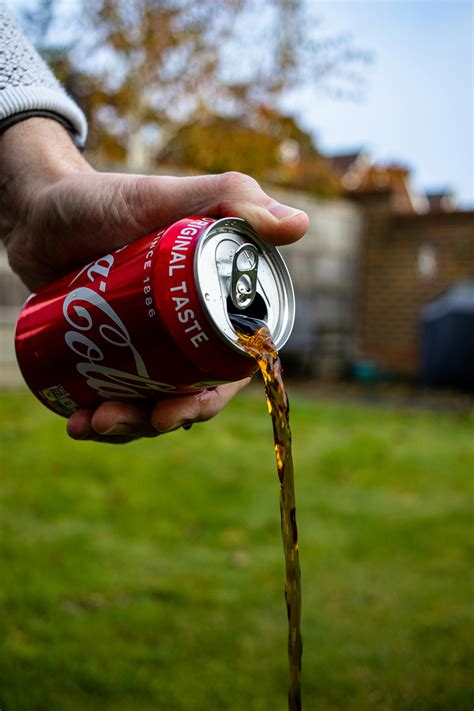Optimize men’s recovery for peak performance: Sleep, nutrition, or active rest?

For men striving for peak physical and mental performance, the journey doesn’t end when the workout does. True optimization lies in the often-overlooked realm of recovery. While training pushes boundaries, it’s during recovery that muscles repair, energy stores replenish, and the body adapts to become stronger. But when it comes to prioritizing recovery, which pillar holds the most weight: sleep, nutrition, or active rest?

The Undisputed King: Sleep for Men’s Recovery
Often underestimated, sleep is arguably the most potent recovery tool at a man’s disposal. During deep sleep stages, the body releases Human Growth Hormone (HGH), crucial for muscle repair and growth. REM sleep, on the other hand, is vital for cognitive function, mood regulation, and learning. Chronic sleep deprivation in men can lead to decreased testosterone levels, impaired muscle protein synthesis, reduced athletic performance, and increased risk of injury. Prioritizing 7-9 hours of quality sleep nightly isn’t just about feeling rested; it’s about optimizing hormonal balance, cellular repair, and mental acuity.
Creating a consistent sleep schedule, optimizing your sleep environment (dark, cool, quiet), and avoiding screens before bed are simple yet powerful strategies to harness sleep’s restorative power. Think of sleep as your body’s nightly tune-up, essential for returning to the gym or the office ready to perform.

Fueling the Machine: Nutrition for Optimal Recovery
You can’t build a strong house without quality materials, and the same goes for your body. Nutrition is the bedrock of recovery, providing the essential building blocks and energy sources needed to repair tissues, reduce inflammation, and replenish glycogen stores. For men, a balanced intake of macronutrients (protein, carbohydrates, fats) and micronutrients (vitamins, minerals) is paramount.
- Protein: Essential for muscle protein synthesis and repair. Aim for quality sources like lean meats, poultry, fish, eggs, and plant-based options.
- Carbohydrates: Replenish glycogen stores, which are depleted during intense exercise, providing energy for subsequent workouts. Whole grains, fruits, and vegetables are ideal.
- Healthy Fats: Support hormone production, reduce inflammation, and provide sustained energy. Avocados, nuts, seeds, and olive oil are excellent choices.
- Hydration: Often overlooked, proper fluid intake is critical for nutrient transport, temperature regulation, and overall cellular function.
The post-workout window is particularly crucial for nutrient timing, but consistent, nutrient-dense eating throughout the day provides the continuous support your body needs to recover and adapt effectively.

The Art of Active Rest: Smart Downtime
Active rest isn’t about lying on the couch (though passive rest has its place too); it’s about engaging in low-intensity activities that promote blood flow, reduce muscle soreness, and enhance flexibility without adding significant stress to the body. This could include light walking, cycling, swimming, yoga, stretching, or foam rolling. The benefits are numerous:
- Increased Blood Flow: Delivers oxygen and nutrients to fatigued muscles while helping to remove metabolic waste products.
- Reduced DOMS: Can alleviate delayed onset muscle soreness.
- Improved Flexibility and Mobility: Helps prevent stiffness and maintains range of motion.
- Mental Break: Provides a psychological reset from intense training, reducing stress and preventing burnout.
Integrating active recovery days into your weekly routine can significantly enhance overall recovery, keeping you fresh and ready for your next high-intensity session. It’s about listening to your body and providing it with the movement it needs to heal and restore.

The Synergy of Recovery: A Holistic Approach
While each pillar—sleep, nutrition, and active rest—is vital on its own, their true power is unleashed when they work in harmony. Neglecting one will inevitably compromise the effectiveness of the others. A man can eat perfectly and engage in active rest, but if he consistently gets only 5 hours of sleep, his body will struggle to repair and adapt optimally. Similarly, ample sleep won’t fully compensate for a diet lacking essential nutrients or a complete absence of movement on recovery days.
Optimizing men’s recovery for peak performance requires a holistic, integrated approach. It’s not about choosing one over the others, but rather strategically implementing all three into your lifestyle. Assess your current habits: are you consistently getting enough quality sleep? Is your diet truly supportive of your training goals? Are you incorporating active recovery to keep your body moving and healing?

Conclusion
For men aiming to push their limits and achieve sustained peak performance, recovery is not a luxury; it’s a non-negotiable component of success. By prioritizing deep, restorative sleep, nourishing your body with optimal nutrition, and strategically incorporating active rest, you create an environment where your body can not only recover from stress but adapt and grow stronger. Embrace these pillars, and unlock your full potential, inside and outside the gym.







